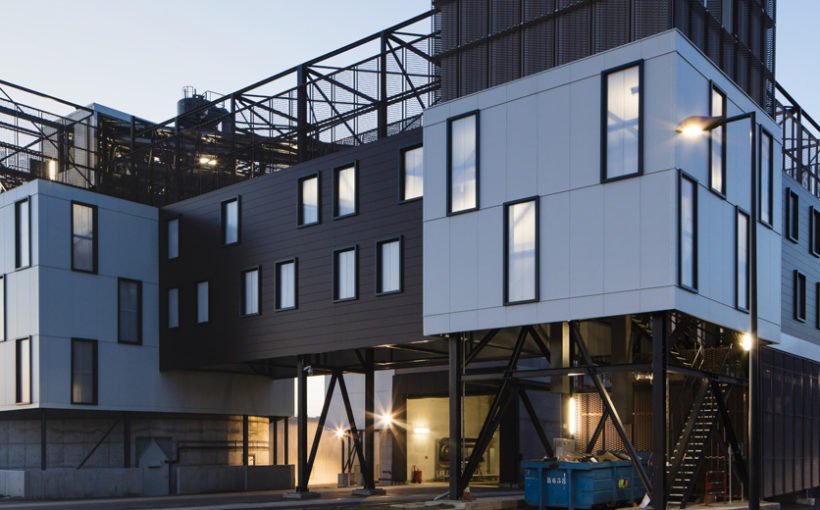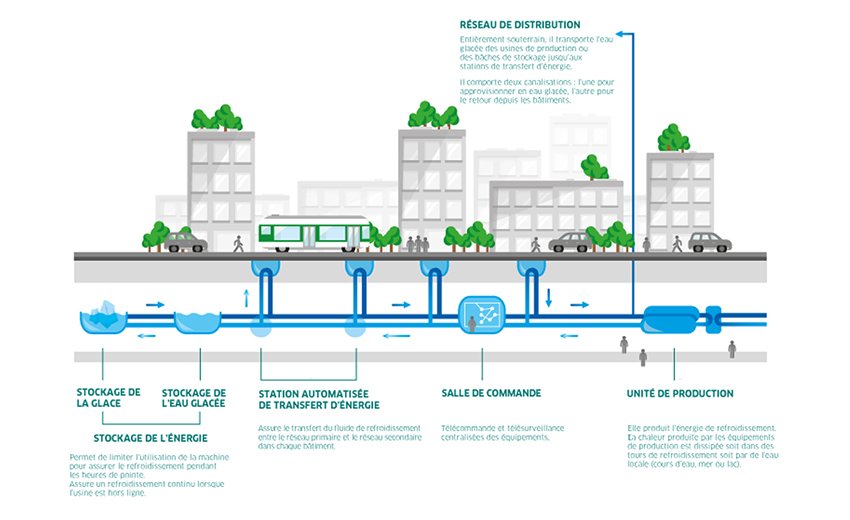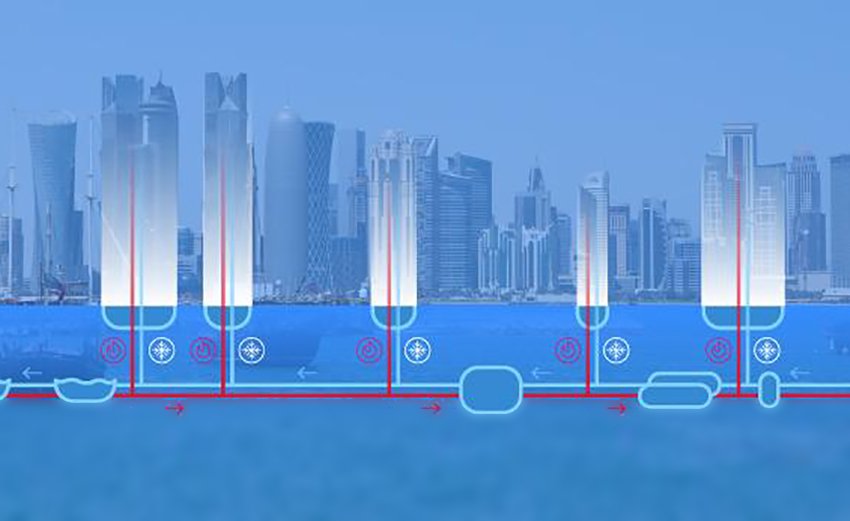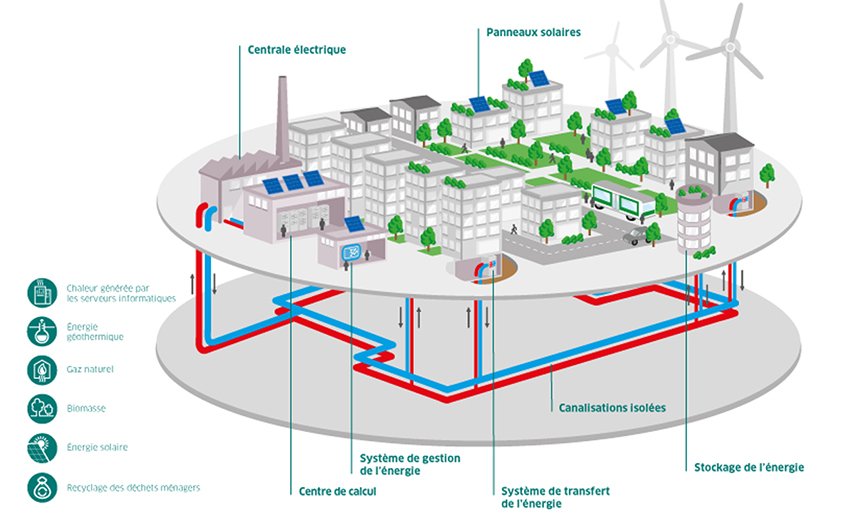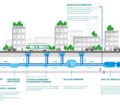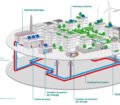In 2015, France set itself the goal of achieving carbon neutrality by 2050. To achieve this, it will be essential to reduce emissions from indoor heating. And develop innovative solutions.
The roadmap to achieve carbon neutrality is partly based on a system that redistributes geothermal heat to homes and buildings in the suburbs of Paris. This unusual network of domestic energy is called the “heat network”.
A pilot project, led by Engie, already serves 7,500 buildings with geothermal heating. The project aims to demonstrate how emissions from domestic heating can be reduced by up to 60%. The district heating network of Bagneux and Chatillon already provides energy to more than 40,000 people in this district.
To make costs manageable, the suburbs collaborated with each other, creating joint ventures that reduced construction costs. Designed as a collaboration, the system allows hot water to circulate in several municipalities and in individual buildings.
A future-proof solution for cities
An urban heat network works like large central heating on a city or neighbourhood scale. Heat is produced locally from various energy sources, such as renewable or reclaimed energy. It is transported to users in the form of hot water or steam through interconnected underground pipes.
Connecting to a heat network has many advantages: the comfort and safety of users, the trustworthiness of the installations, the ease, and competiveness and stability of costs. The use of renewable and reclaimed energy decreases the emission of hundreds of thousands of CO2 into the atmosphere each year.
Tags: biomass, Engie, geothermy., heat network, Paris



































